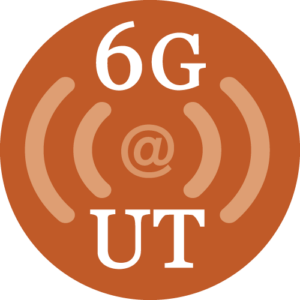WIRED: Drone Hijacking? That’s Just the Start of GPS Troubles, July 2012
“On the evening of June 19, a group of researchers from the University of Texas successfully hijacked a civilian drone at the White Sands Missile Range in New Mexico during a test organized by the Department of Homeland Security. The drone, an Adaptive Flight Hornet Mini, was hovering at around 60 feet, locked into a […]
WIRED: Drone Hijacking? That’s Just the Start of GPS Troubles, July 2012 Read More »


